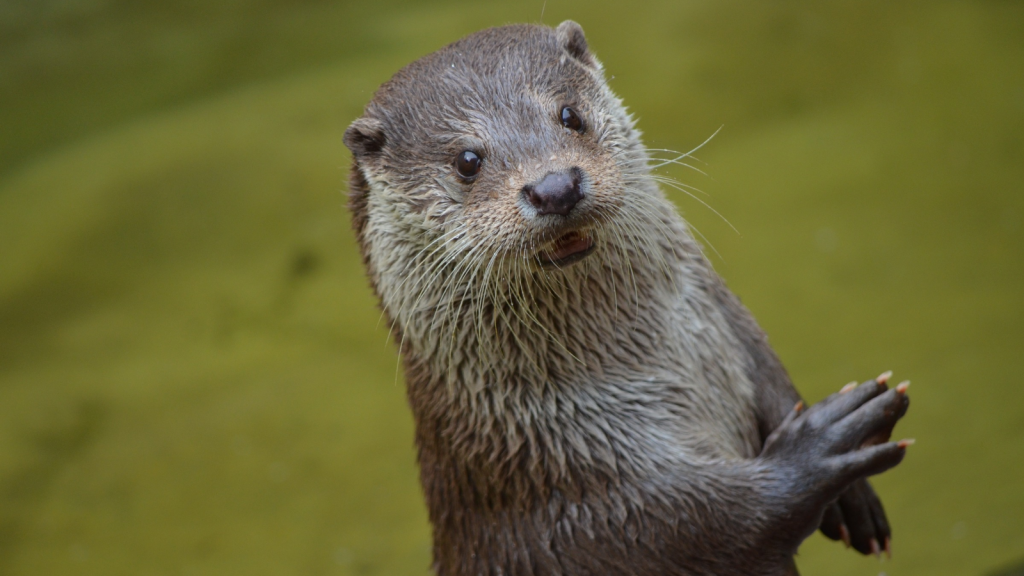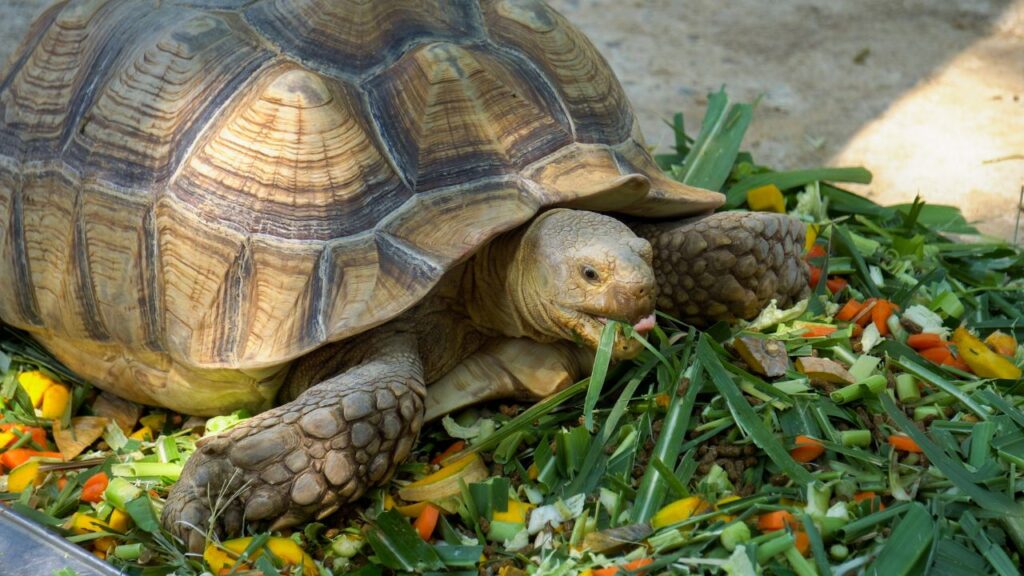British otters are fascinating and, although most people are unaware, there are still many wild populations across the UK. My neighbours have a smallholding and they have a family of otters living near the large natural pond at the back of their property, and they’re amazing to watch. These playful mammals have made a remarkable comeback in recent decades, after facing near extinction in the mid-20th century. With their sleek bodies, webbed feet, and thick fur, otters are perfectly adapted to life both in and out of water. Found in rivers, lakes, and coastal areas throughout Britain, these charismatic animals have some truly remarkable characteristics and behaviors.
Masters of Two Worlds
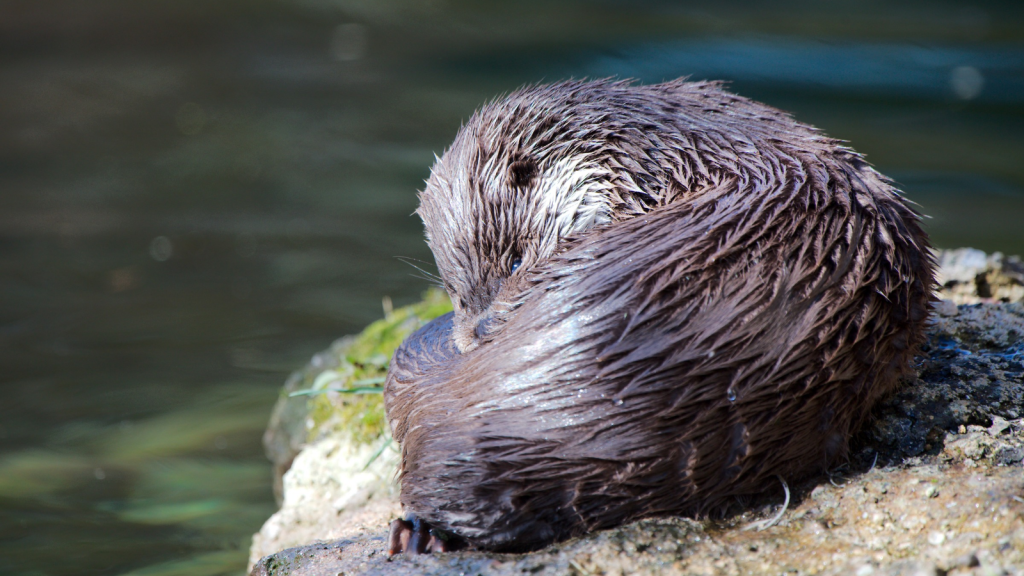
British otters are equally at home in water and on land. Their streamlined bodies and webbed feet make them excellent swimmers, while their strong legs allow them to cover long distances on land. Otters can swim at speeds of up to 12 km/h and can hold their breath for up to 4 minutes underwater. Their ability to close their nostrils and ears while submerged helps them dive efficiently and protect their sensory organs.
Incredible Insulation
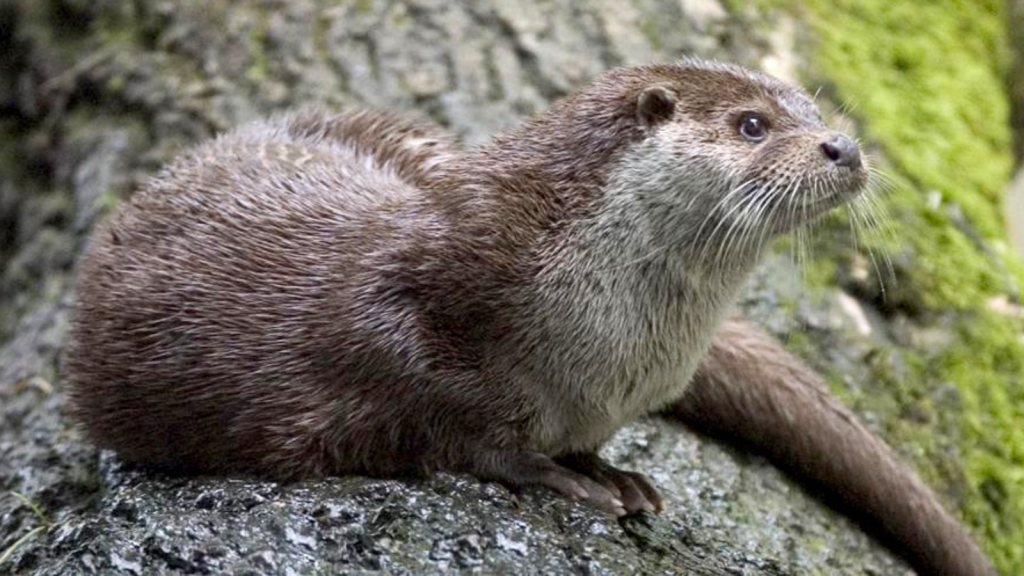
An otter’s fur is incredibly dense, with up to 70,000 hairs per square centimeter. This thick coat traps a layer of air next to the skin, providing insulation and keeping the otter warm in cold water. Their fur is so effective that an otter’s skin never actually gets wet, even when diving deep underwater. Otters spend a significant amount of time grooming to maintain this crucial insulating layer.
Powerful Predators
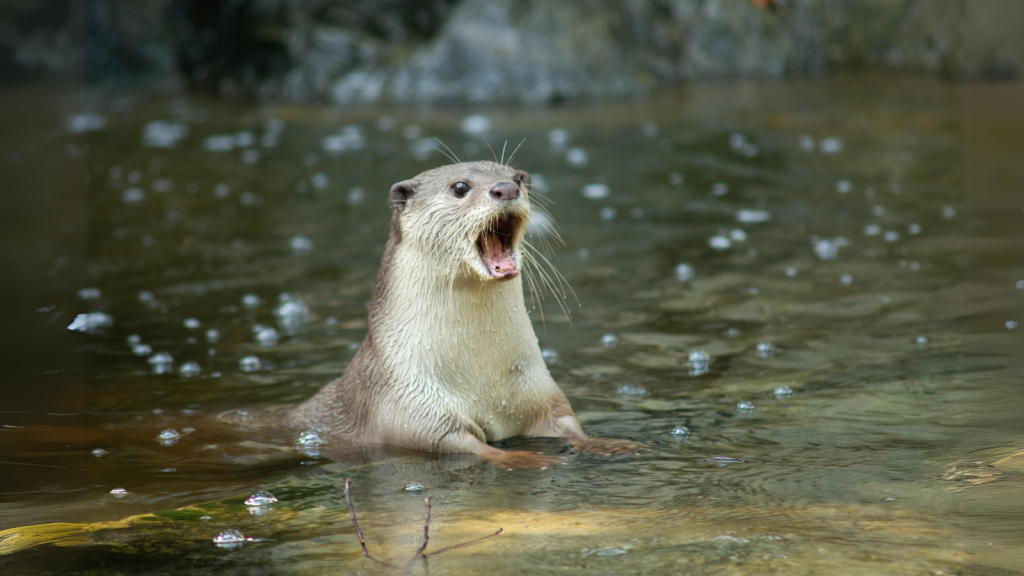
Despite their cute appearance, otters are formidable hunters. They have sharp claws and strong jaws that can easily crush the shells of crustaceans. Otters primarily feed on fish but also eat amphibians, crustaceans, and small mammals. They’re known to consume up to 25% of their body weight in food each day. An otter’s metabolism is so high that they must eat frequently to maintain their energy levels, often hunting for several hours each day.
Playful Nature
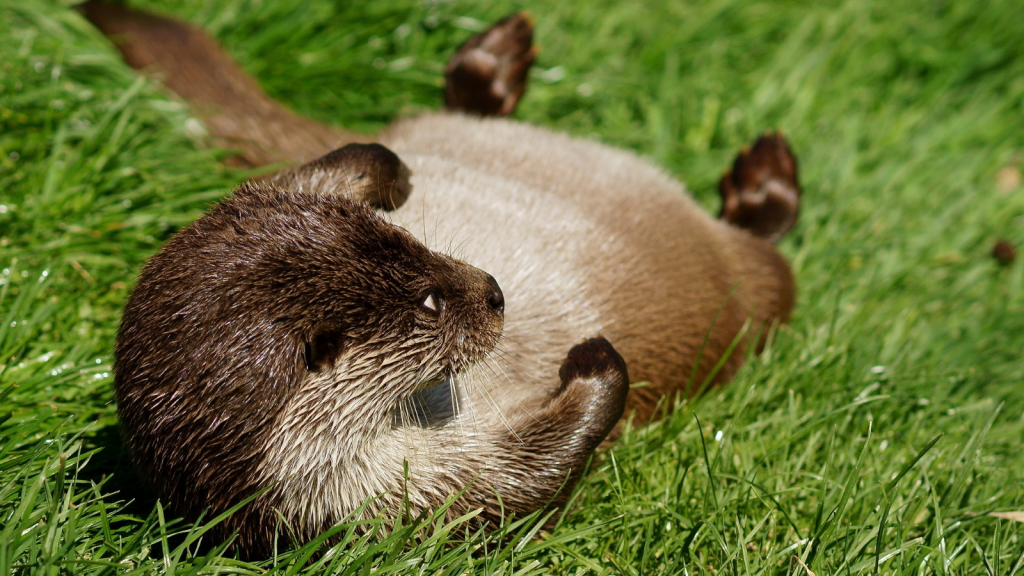
Otters are renowned for their playful behavior. They often engage in activities that seem to have no purpose other than fun, such as sliding down muddy banks or tossing pebbles. This playfulness isn’t just for entertainment – it helps young otters develop important hunting and social skills. Researchers have observed otters engaging in play behavior well into adulthood, suggesting it may serve additional purposes such as stress relief or social bonding.
Remarkable Comeback
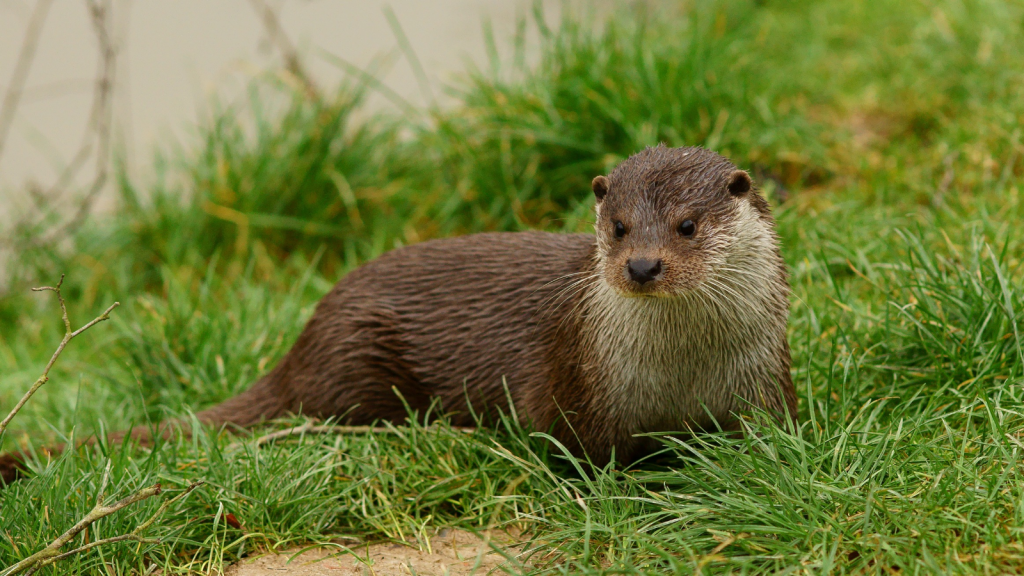
British otters faced near extinction in the 1950s due to pollution and habitat loss. Thanks to conservation efforts and improved water quality, they’ve made an incredible recovery. Otters have now returned to every county in England and can be found in most waterways across the UK. The ban on certain pesticides, particularly DDT, in the 1970s played a crucial role in this recovery by reducing contamination in aquatic ecosystems.
Highly Intelligent
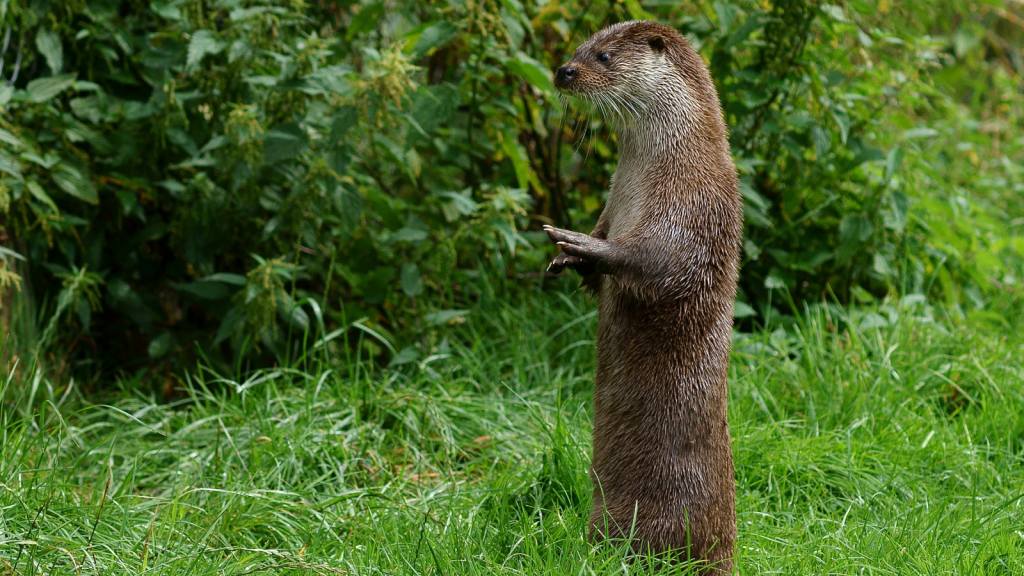
Otters are among the most intelligent non-primates. They use tools, such as rocks, to open hard-shelled prey like clams. They’ve also been observed teaching these skills to their young, demonstrating a high level of cognitive ability and social learning. Otters have been known to create mental maps of their territories, remembering productive hunting spots and safe resting places.
Unique Family Structure
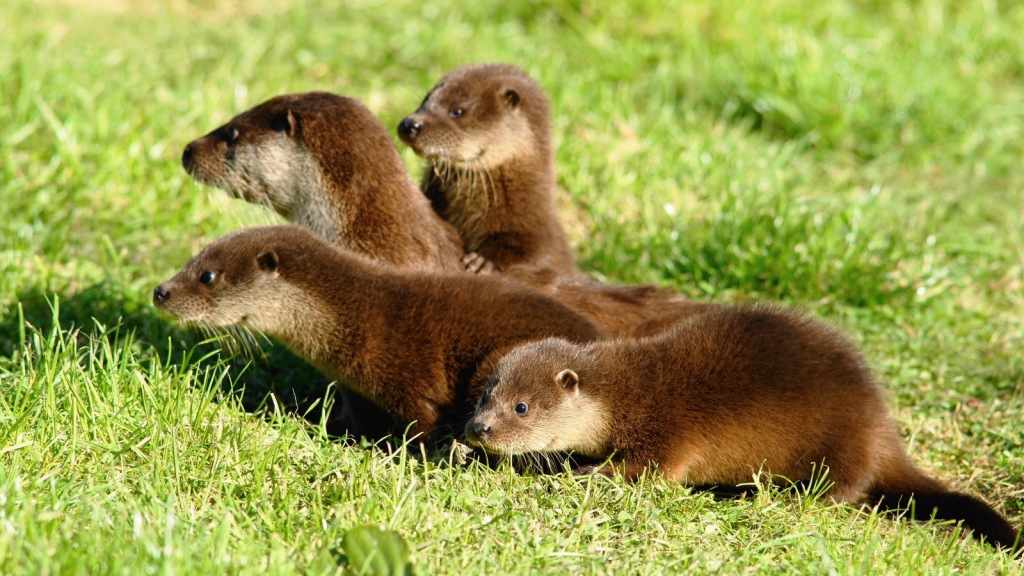
Female otters, called bitches, are devoted mothers. They typically give birth to 2-3 cubs and care for them for about a year. Male otters, called dogs, don’t usually help raise the young but may occasionally assist in teaching hunting skills to older cubs. Otter cubs are born blind and helpless, relying entirely on their mother for the first few weeks of life.
Scent Communication
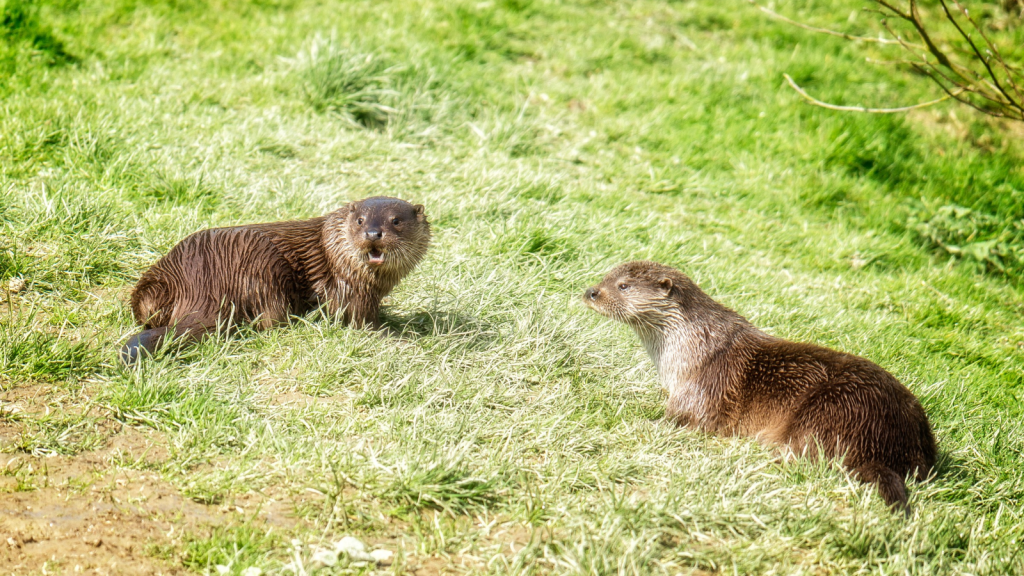
Otters have a highly developed sense of smell and use scent to communicate. They have scent glands near their tails and leave droppings, called spraints, in prominent places to mark their territory. These spraints often smell like jasmine tea to humans! The composition of an otter’s spraint can provide information about its age, sex, and reproductive status to other otters.
Adaptable Habitats
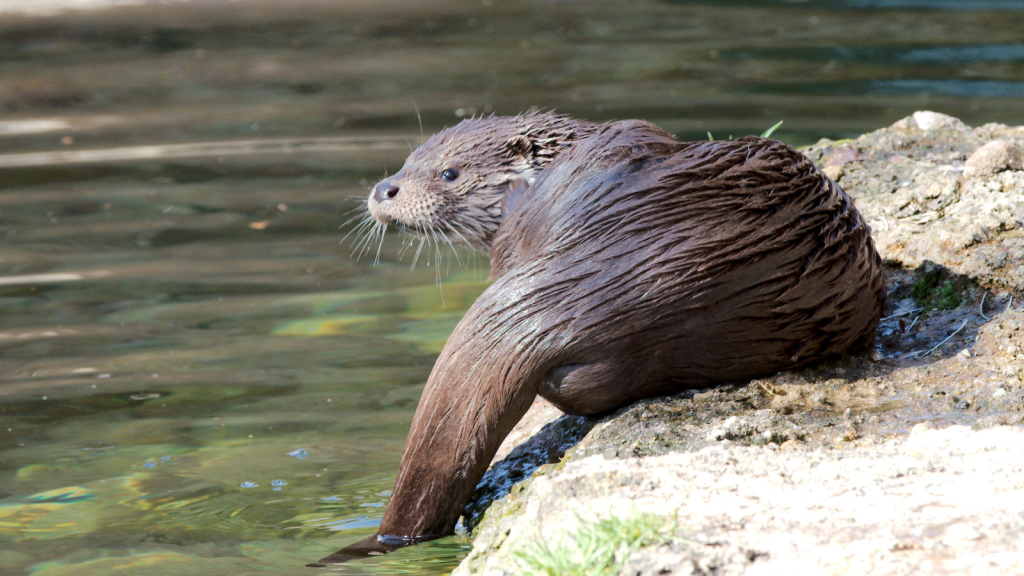
While often associated with rivers, British otters are adaptable and can thrive in various aquatic environments. They’re found in freshwater rivers, lakes, and streams, as well as coastal areas. Some otters in Scotland even live primarily in the sea, feeding on fish and crustaceans in kelp forests. Coastal otters have developed unique behaviors, such as drinking from freshwater springs to flush the salt from their systems.
Nocturnal Lifestyle
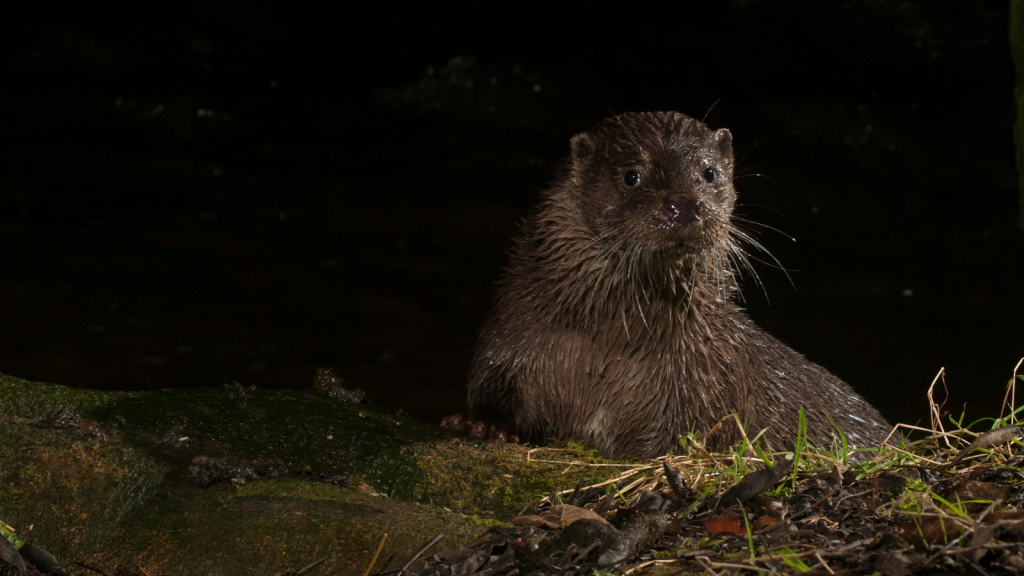
Most British otters are primarily nocturnal, being most active at night. This behavior developed partly as a response to human disturbance. However, in areas with less human activity, otters may be active during the day, especially in coastal habitats. Their eyes are adapted for low-light conditions, with a reflective layer behind the retina that enhances their night vision.
Impressive Diving Skills
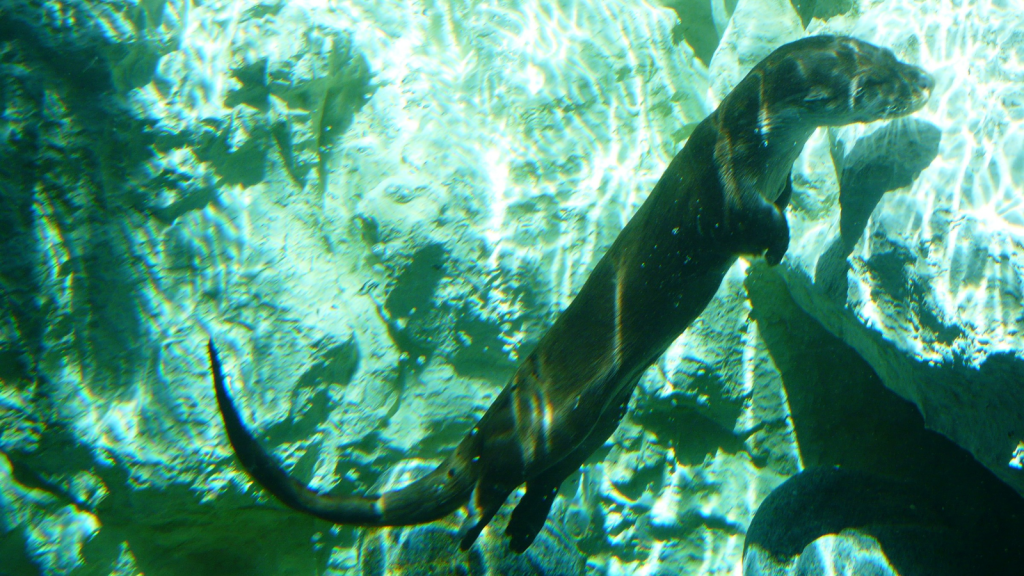
Otters are excellent divers, capable of reaching depths of up to 60 feet. Their eyes are adapted to see clearly underwater, and they can close their ears and nostrils while diving. Otters also have sensitive whiskers that help them detect prey in murky water. Their metabolic rate slows down during dives, allowing them to conserve oxygen and stay submerged for longer periods.
Legal Protection
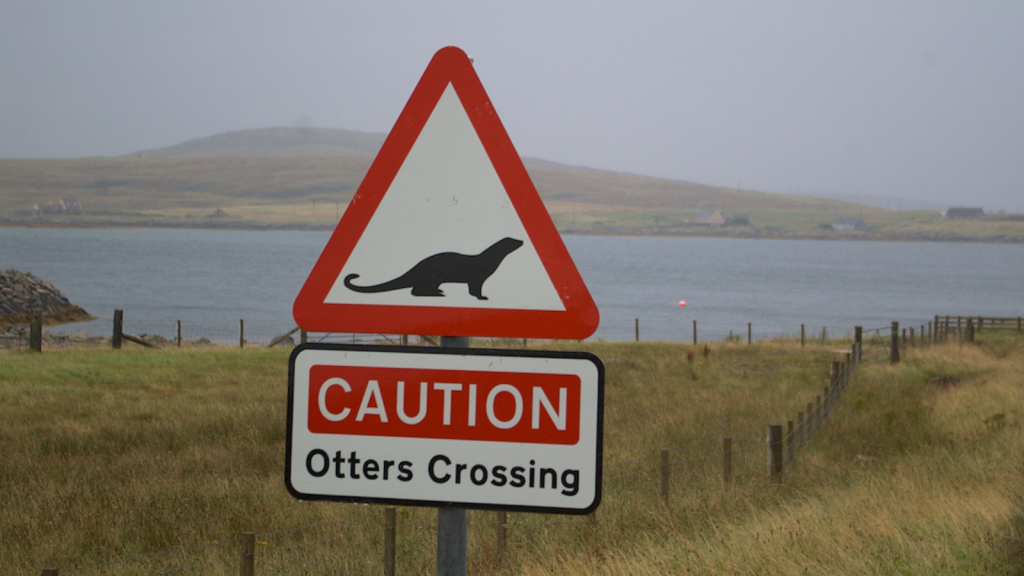
British otters are protected by law. It’s illegal to kill, capture, or disturb otters or their habitats. This protection, along with efforts to improve water quality and restore habitats, has been crucial in their recovery across the UK. The Wildlife and Countryside Act 1981 provides specific protections for otters, including their resting sites and breeding areas.
Vocal Repertoire
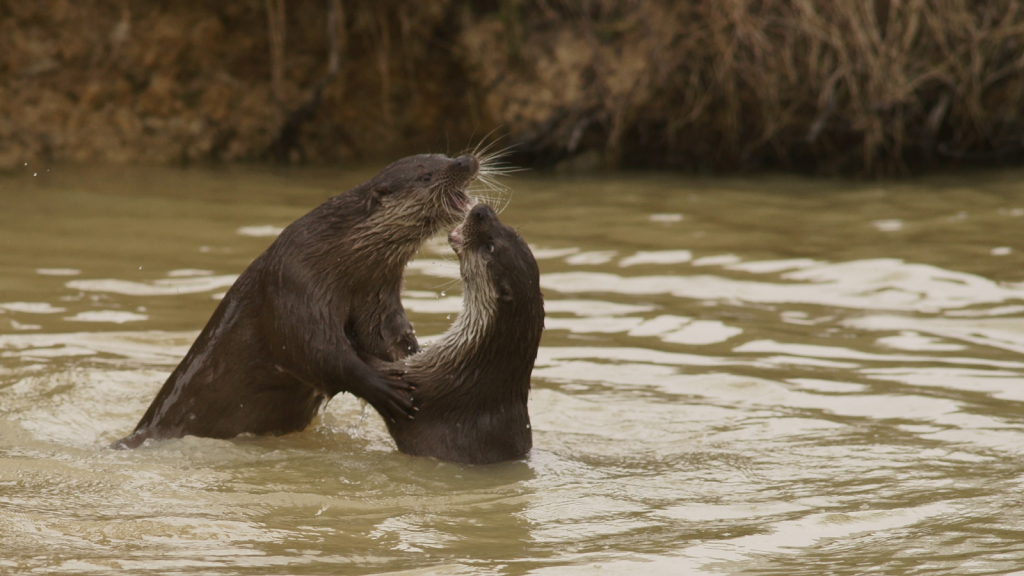
British otters have a surprisingly diverse vocal range. They communicate using various sounds, including high-pitched whistles, low grunts, and even a bird-like chirping noise. Mother otters use specific calls to summon their cubs, while males produce a distinctive ‘caterwauling’ sound during mating season. These vocalizations play crucial roles in territory defense, mating rituals, and family bonding. Researchers have identified over a dozen distinct vocalizations in otters, each serving a specific communicative function.
Ecosystem Indicators
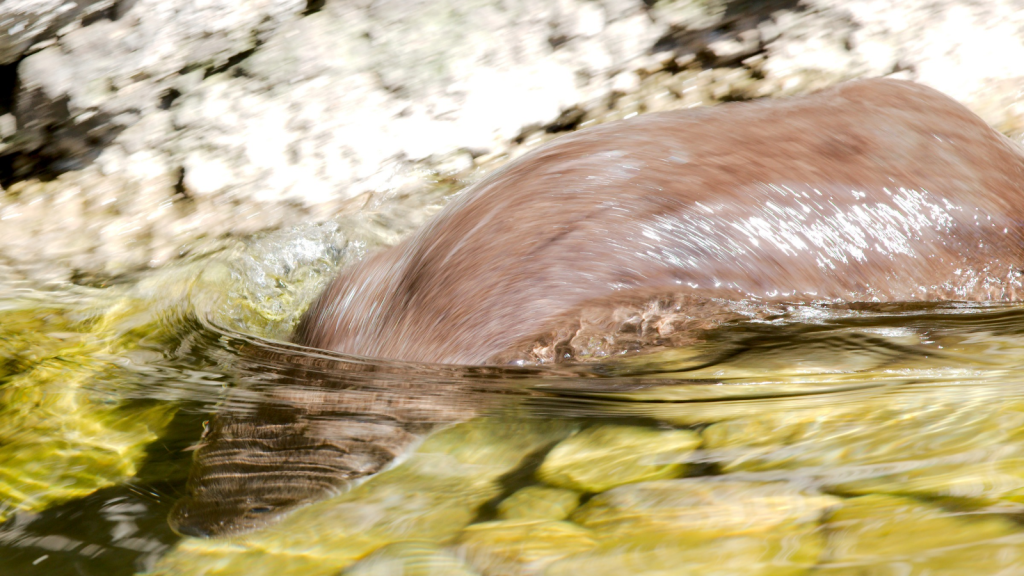
The presence of otters is often used as an indicator of a healthy ecosystem. As top predators, they require clean water and abundant prey. Their return to many British waterways signals improvements in water quality and overall environmental health. Otters also help maintain balanced aquatic ecosystems by controlling populations of fish and crustaceans.
Unique Paw Prints
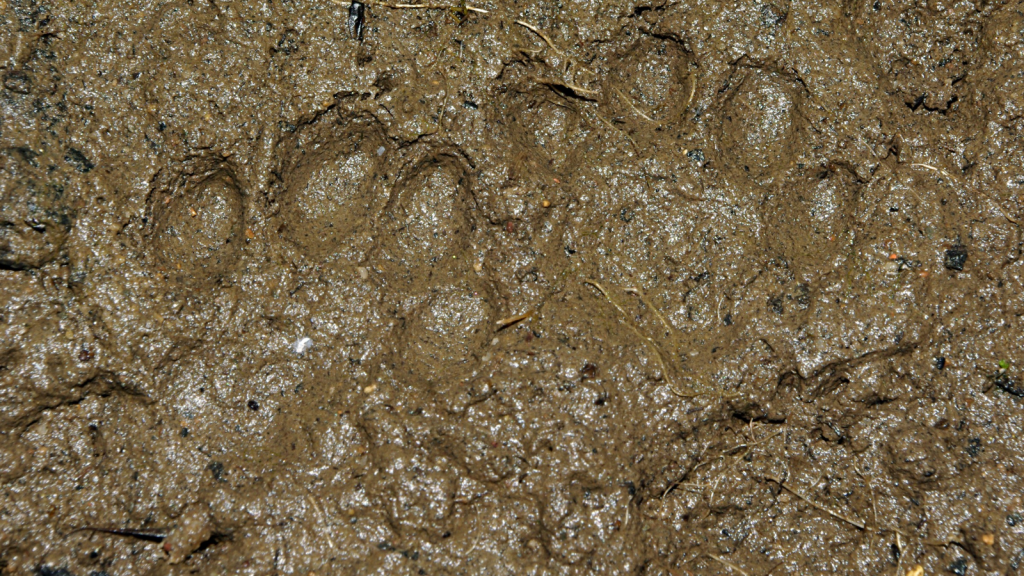
Otter paw prints are distinctive and easily recognizable. They have five toes on each foot, with webbing visible in clear prints. Unlike many other mammals, otters can close the webbing between their toes, leaving prints that sometimes look more like those of a large dog or fox. Experienced trackers can often distinguish between male and female otter prints based on their size and shape.

